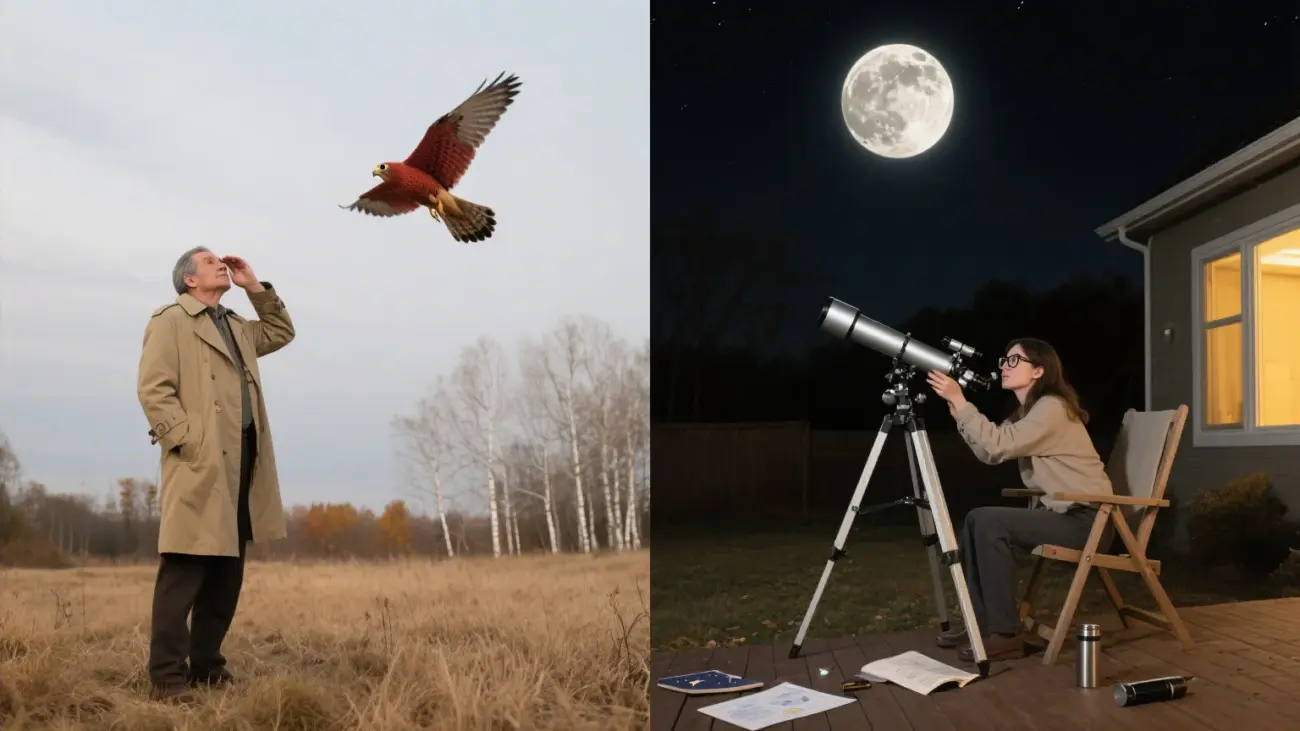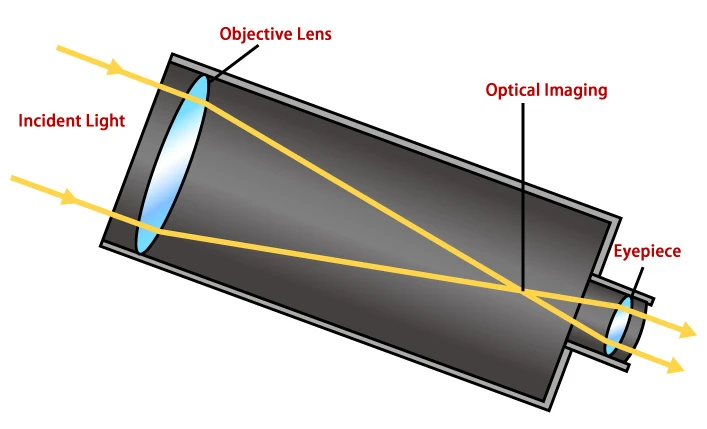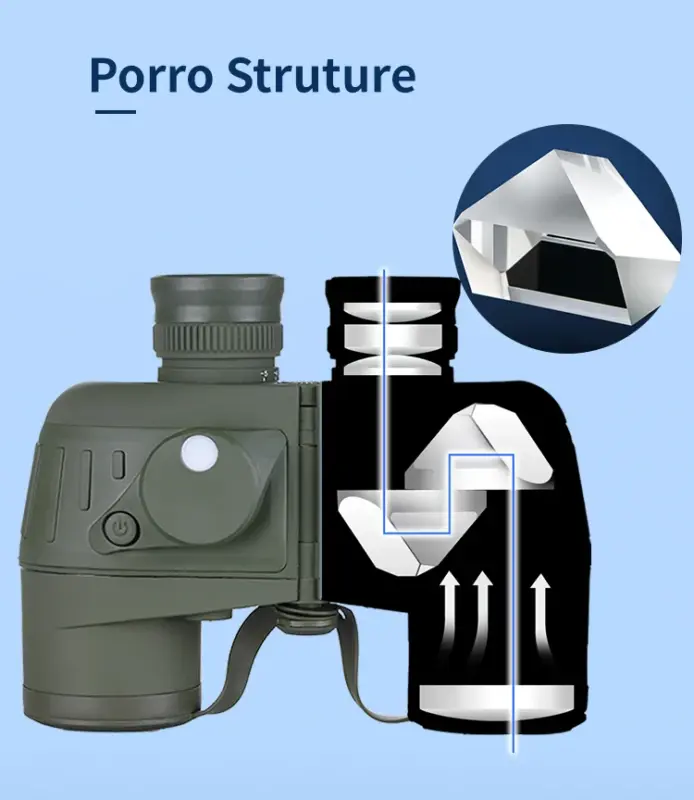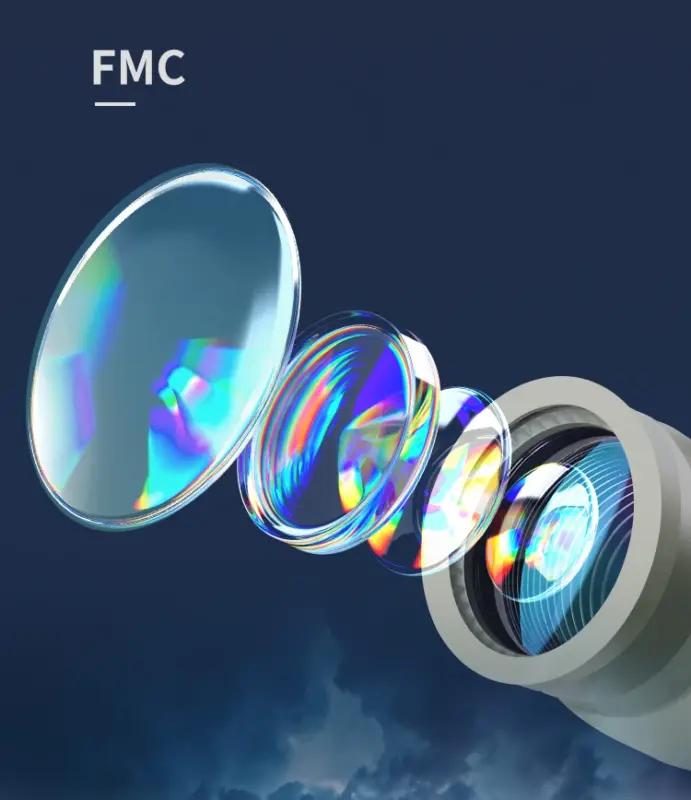If you’ve ever tried to follow a hawk drifting across a pale autumn sky or picked out craters on the moon from your backyard, you know binoculars can feel almost magical. But there’s nothing supernatural going on—just some clever physics and a few tricks with glass.

1,Objective Lens
The big lenses at the front, called objective lenses, are where it all starts. They’re convex, meaning they bulge outward, and they gather light from distant objects, bending (or refracting) it toward a focal point. If you’ve ever adjusted a magnifying glass until the light forms a sharp little circle, that’s the same basic principle.

2,Prism
Here’s where it gets interesting: the image from those lenses is actually upside down and reversed left-to-right. It’s not broken—this is just how optics work. To fix it, binoculars use prisms. Porro prisms (the ones that give some binoculars that zig-zag shape) or roof prisms (sleeker, straight-barrel designs) rotate and flip the image so it’s the right way up. They also “fold” the light path—without them, your binoculars would need tubes almost as long as your arm.

3,Eyepiece
At the other end are the eyepieces, which magnify the corrected image so your eyes can see it clearly. And because you’ve got two optical paths—one for each eye—your brain gets a slightly different view from each side. It merges them into a single 3D image, which is why binoculars give such a strong sense of depth.

4,Coating
Modern binoculars often have coatings on their lenses and prisms to reduce glare and improve brightness. That’s why a well-made 8×42 pair can make a forest at dusk look surprisingly vivid. But even the best optics have their quirks: cheap glass can cause chromatic aberration (those faint rainbow edges around high-contrast objects), and a hard bump can knock the prisms out of alignment, leaving you with a double image. I’ve had to send a pair in for repair after a clumsy drop—it happens.

5,Conclusion
In the end, binoculars are a blend of simple optical laws and clever engineering. They take faint, faraway light, bend it, flip it, and deliver it to your eyes as something clear, upright, and full of depth. The result? You get to stand in your backyard—or on a mountaintop—and feel like the world just moved a little closer.
Click here to check out the products we have carefully prepared for you
https://bostronoptics.com/product/?per_page=24
Or you can find us in Youtube!


